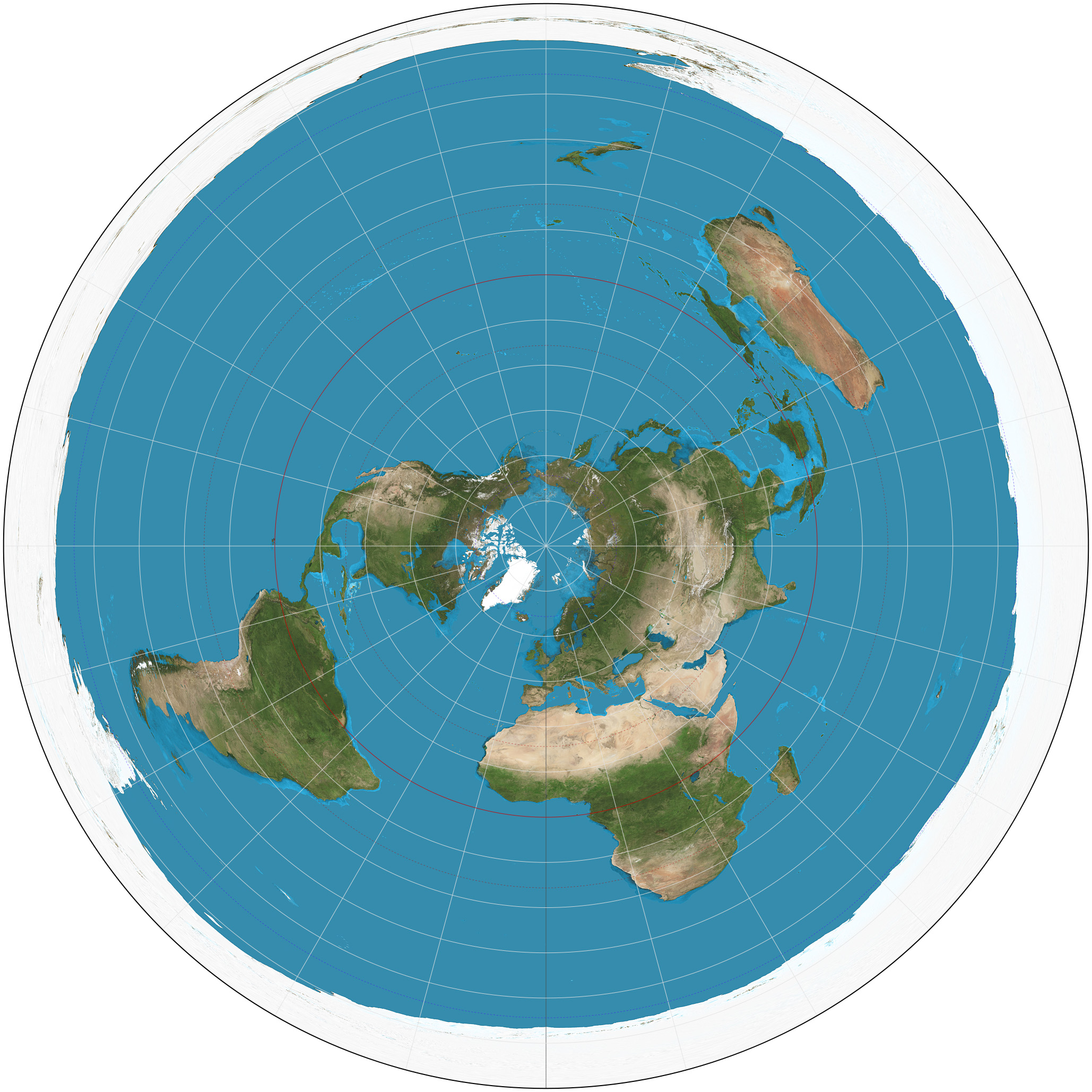The Basic Flat Earth Model
Understanding the fundamental structure of our world
What Does the Flat Earth Look Like?
Imagine looking down at a clock from above. The flat earth is similar - a circular disk with the North Pole at the very center and Antarctica forming a wall of ice around the entire outer edge.

The Structure
- Center: North Pole (Arctic)
- Continents: Spread across the disk
- Edge: Antarctica ice wall
- Dome: Firmament above (sky)
- Lights: Sun, moon, and stars local
Key Differences from Globe
- Flat surface, not spherical
- No "bottom" side of Earth
- Gravity doesn't exist (density/buoyancy)
- Sun/moon are small and close
- Antarctica is the outer boundary